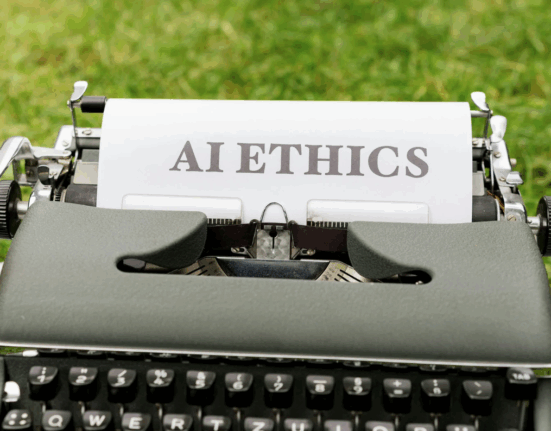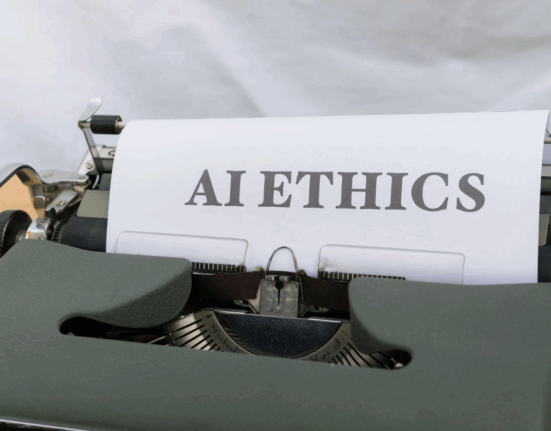Introduction: Why Integration Matters
Computer vision is revolutionizing industries, from security monitoring to medical imaging. But many organizations rely on legacy systems that weren’t designed with modern AI in mind. The challenge? Figuring out how to integrate computer vision into existing surveillance and healthcare infrastructures without starting from scratch.
What Is Computer Vision Integration?
Integration means enhancing older surveillance or healthcare systems with AI-powered visual recognition tools. Instead of replacing legacy infrastructure, computer vision upgrades it with smarter capabilities.
Benefits of Integrating Computer Vision
Improved Surveillance Accuracy
AI detects unusual activity faster and more reliably than human operators.
Enhanced Healthcare Diagnostics
Computer vision analyzes scans, X-rays, and MRIs to assist doctors.
Cost Savings
Upgrades extend the life of existing hardware, avoiding full replacements.
Operational Efficiency
Automation reduces manual work for staff and improves response times.
Challenges of Integration with Legacy Systems
Compatibility Issues
Older hardware and software may not support modern AI.
Data Privacy Concerns
Surveillance and healthcare data require strict compliance with regulations.
Infrastructure Limitations
Limited processing power may slow down AI performance.
Resistance to Change
Staff may be reluctant to adopt new workflows.
Steps to Integrate Computer Vision into Legacy Systems
1. Assess Current Infrastructure
Evaluate the hardware, software, and workflows in place.
2. Define Clear Objectives
Decide whether you need better security alerts, medical image analysis, or workflow automation.
3. Choose Scalable Tools
Pick computer vision frameworks like OpenCV, TensorFlow, or PyTorch that integrate well with APIs.
4. Use Edge Devices or Cloud AI
Edge devices process video locally, while cloud AI offers scalability.
5. Pilot Before Full Deployment
Start with small projects, measure success, and scale gradually.
Applications in Surveillance
- Smart anomaly detection in real-time video feeds.
- Facial recognition for access control.
- License plate recognition in parking and security systems.
Applications in Healthcare
- AI-assisted diagnostics for radiology and pathology.
- Monitoring patient activity in hospitals.
- Detecting early signs of diseases from imaging scans.
Best Practices for Successful Integration
Work with Vendors and Experts
Partner with providers experienced in bridging old and new systems.
Ensure Data Compliance
Meet regulations like HIPAA for healthcare or GDPR for surveillance data.
Invest in Staff Training
Upskill employees to use computer vision tools effectively.
Focus on Interoperability
Choose tools that can integrate across platforms and devices.
Case Study: Surveillance Upgrade
A city government integrated computer vision into its legacy CCTV system. AI-powered anomaly detection reduced false alarms by 40% and improved public safety response times.
Case Study: Healthcare Integration
A hospital added computer vision to its radiology department. The AI system flagged anomalies in chest X-rays, supporting doctors in faster, more accurate diagnoses.
Future of Computer Vision Integration
AI at the Edge
Processing directly on devices for real-time analysis.
Explainable AI in Healthcare
Making results more transparent for medical professionals.
Integration with IoT
Smart devices and wearables feeding into AI-powered monitoring systems.
Conclusion: Building Smarter Legacy Systems
Integrating computer vision into legacy surveillance and healthcare systems is a practical path to modernization. Instead of replacing infrastructure, organizations can enhance it with AI-driven intelligence, boosting accuracy, efficiency, and longevity.
FAQ
1. Why integrate computer vision into legacy systems?
It modernizes existing infrastructure without costly replacements.
2. What industries benefit most from integration?
Surveillance, healthcare, manufacturing, and transportation see the most gains.
3. What are the biggest challenges of integration?
Compatibility, data privacy, and infrastructure limitations.
4. How can organizations start integrating computer vision?
By assessing infrastructure, defining goals, and piloting small projects.
5. What tools are best for computer vision integration?
OpenCV, TensorFlow, PyTorch, and scalable cloud AI services.








